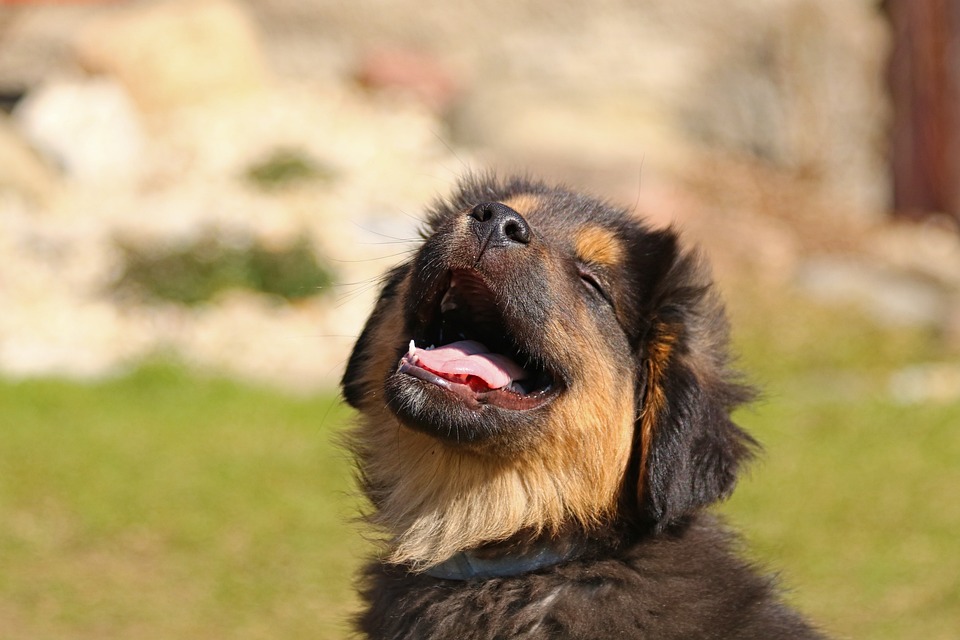In-Flight Companionship: Unraveling the Dos and Don’ts of Flying with a Dog
Traveling by air can be stressful, especially when you have to leave your furry four-legged friend behind. However, airlines have become more accommodating to pets, allowing them to travel in-cabin with their owners. Flying with a dog can be a rewarding experience, but it also requires careful planning and consideration. To ensure a smooth and comfortable journey for both you and your canine companion, here are some dos and don’ts to keep in mind.
Do: Pre-Flight Preparations
Before you even head to the airport, there are a few key preparations you must make. First and foremost, research the airline’s pet policies and restrictions. Each airline has its own set of regulations regarding dog size, breed, carrier dimensions, and documentation requirements, so it’s crucial to familiarize yourself with these guidelines. It’s also recommended to book your flight early, as many airlines have limited space for in-cabin pets.
Next, visit your veterinarian to ensure your dog is fit to fly. Obtain a health certificate stating that your pet is in good health and up to date on vaccinations. Some airlines may also require specific immunizations, so verify the necessary vaccines with your vet. Additionally, discuss any concerns you have about your dog’s behavior or anxiety during travel and ask for suitable recommendations or calming aids if necessary.
Do: Choose the Right Carrier
Investing in a well-designed and airline-approved pet carrier is essential to your dog’s comfort and safety during the flight. Look for carriers that provide adequate space for your pet to stand, lie down, and turn around comfortably. The carrier should be sturdy and have proper ventilation as well. Soft-sided carriers are generally preferred, as they fit easily under the seat in front of you, meeting most airlines’ requirements.
Make sure the carrier is familiar to your dog by introducing it gradually before your trip. Place familiar bedding and toys inside to make them feel at ease during the journey. It’s advisable to mark the carrier with your contact information and attach a recent photo of your dog, just in case it gets misplaced.
Do: Prepare Your Dog for the Flight
Preparation also involves mental and physical exercise for your dog before boarding the flight. Take your furry friend for a long walk or play a game of fetch to ensure they are tired and relaxed. A well-exercised dog is more likely to remain calm and quiet during the flight.
Additionally, refrain from feeding your dog a large meal before boarding. A lighter meal a few hours before the flight is recommended to prevent discomfort or upset stomachs. However, ensure they have access to water throughout the journey to stay hydrated.
Don’t: Sedate Your Dog Without Veterinary Approval
While it may be tempting to sedate your dog to keep them calm during the flight, it is strongly advised against doing so without consulting your veterinarian. Sedation can affect their respiratory and cardiovascular systems, posing potential risks when combined with high-altitude cabin pressure. Only administer sedatives under veterinary guidance and supervision.
Don’t: Allow Your Dog to Travel Unsecured or Unattended
Once on board, it’s crucial to comply with the airline’s regulations and keep your dog secure throughout the flight. Keep the carrier under the seat in front of you at all times, allowing your dog to stay close and providing them with a familiar presence. It’s important to ensure that your dog remains inside the carrier during the flight, never permitting them to roam freely in the cabin.
Furthermore, never leave your dog unattended in the carrier or at any other time during the flight. It’s your responsibility to monitor them and attend to their needs, whether it’s a quick restroom break or simply reassuring them if they appear anxious.
Do: Be Considerate of Other Passengers
Lastly, remember to be considerate of other passengers sharing the flight with you. Not everyone may be comfortable around dogs, so be mindful of their personal space and comfort. Keep your dog’s barking and noise to a minimum by providing reassurance, making them feel secure in their environment.
In-flight companionship with your dog can be an incredible bonding experience, but it requires careful planning and adherence to airline regulations. By following these dos and don’ts, you can ensure a safe and comfortable journey for both you and your loyal furry friend. Bon voyage!

Leave a Reply